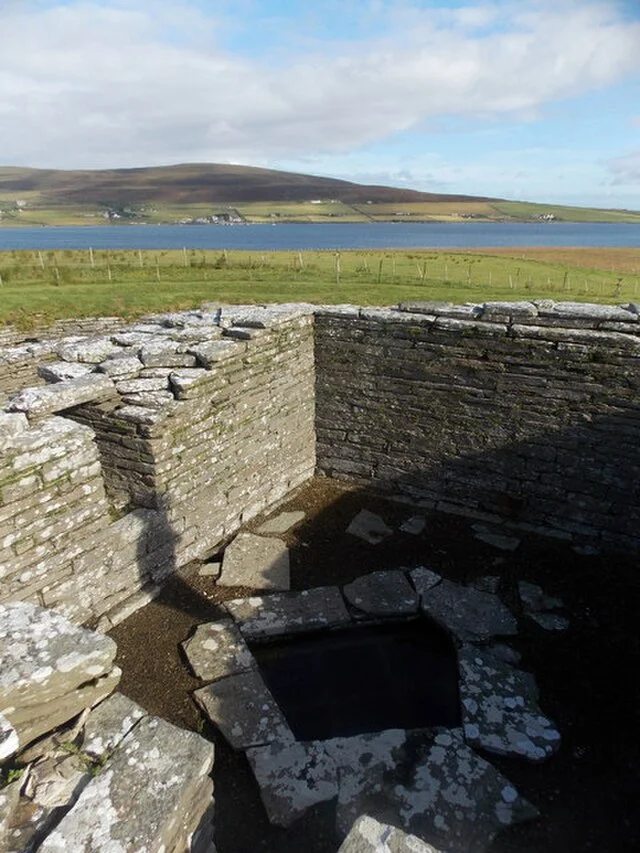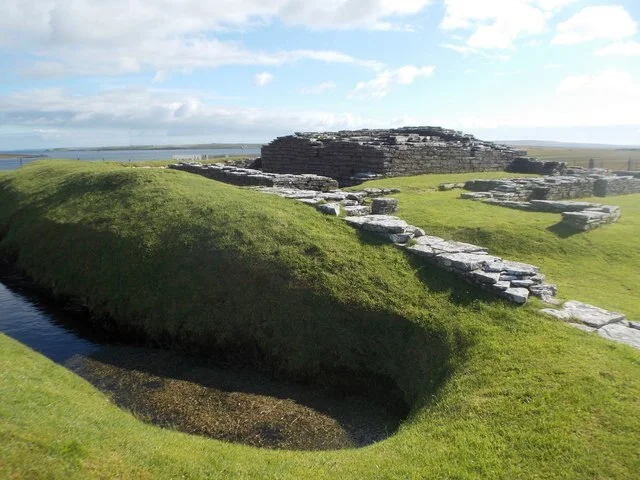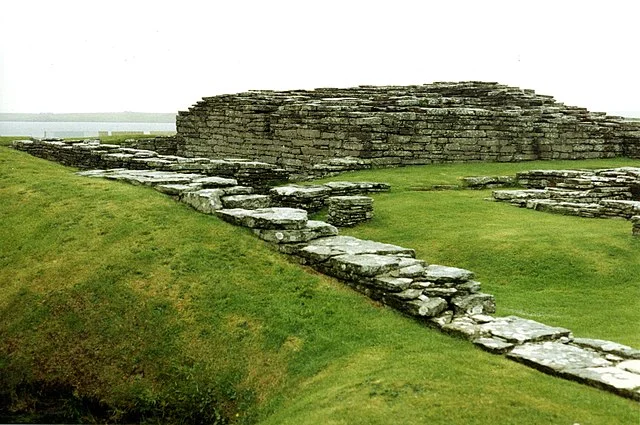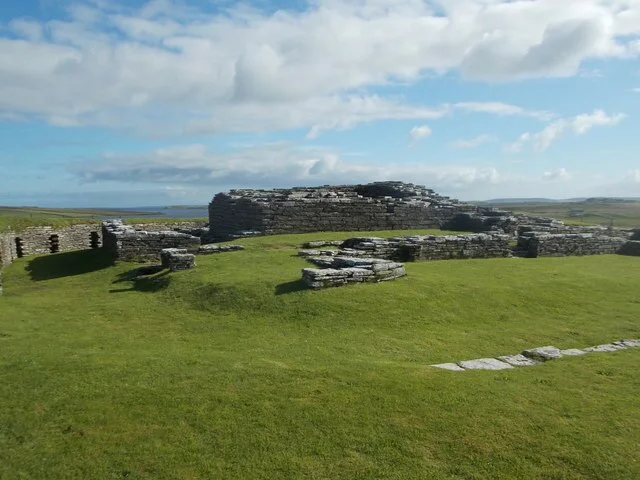Cubbie Roo’s Castle, located on the island of Wyre in Orkney, Scotland, is among the oldest surviving stone castles in Scotland. Constructed during the 12th century, this small but robust castle provides valuable insight into early Scottish and Norse influence on architecture. Scholars date the castle’s construction around 1150 AD, coinciding with the period of Norse occupation in the Orkney Islands.
Get your dose of History via Email
Historical Background

Cubbie Roo’s Castle is traditionally attributed to Kolbein Hruga, a Norse chieftain whose influence was significant in the Orkney region. Kolbein’s name is Anglicized to “Cubbie Roo,” a figure around whom numerous Orcadian legends have developed. The castle’s construction aligns with the Norse control over Orkney and represents the early phase of fortified stone buildings in Scotland. The structure’s purpose appears to be defensive, indicating the tumultuous nature of life in the region during this period.
Architectural Design

The castle’s design reflects both Norse and Scottish influences in its architecture. The central keep, measuring about 8 by 8 meters, includes thick stone walls approximately 2 meters wide, characteristic of early medieval fortifications. The rectangular shape of the keep and the thickness of the walls allowed for a strong defensive structure, suited to withstand sieges or attacks. Additionally, a surrounding ditch was likely added to strengthen its defensive capabilities.
Cubbie Roo’s Castle was originally two stories high, although much of the upper level has not survived. The first level served as storage and living quarters, while the upper level would have provided space for defense and surveillance. This compact, functional design was likely influenced by similar structures in Norway and other parts of Scandinavia, reflecting the Norse cultural influence in Orkney at the time.
Archaeological Discoveries and Conservation

Archaeological studies conducted in the 20th and 21st centuries revealed important aspects of life at Cubbie Roo’s Castle. Excavations uncovered evidence of Norse pottery, tools, and domestic items, helping historians to understand the daily lives of its inhabitants. Conservation efforts have stabilized the remaining structure, protecting it from further weather damage, which is critical given its exposed location in Orkney.
Today, Cubbie Roo’s Castle is maintained as a historic site under the care of Historic Environment Scotland. Visitors can explore the castle and gain a sense of medieval life in Orkney.
Legacy and Significance
Cubbie Roo’s Castle holds significance as one of Scotland’s oldest castles. It is a rare example of early medieval stone architecture in the British Isles and provides valuable insight into the Norse-Scottish cultural landscape of the time. The castle’s Norse roots highlight the Viking influence on the Orkney Islands, which remained prominent until the region’s eventual integration into Scotland.
Source:

